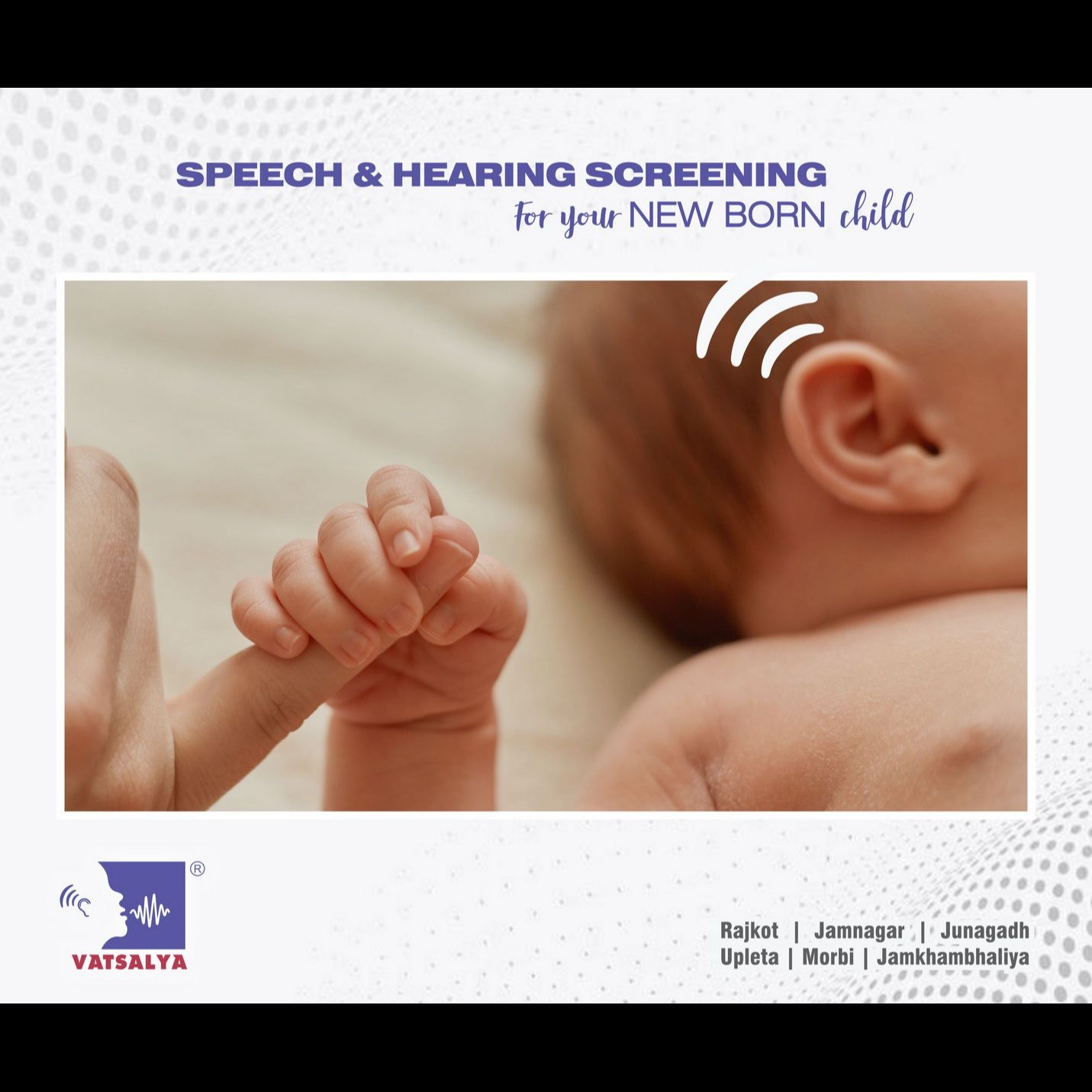+918042785198

This is your website preview.
Currently it only shows your basic business info. Start adding relevant business details such as description, images and products or services to gain your customers attention by using Boost 360 android app / iOS App / web portal.
A BERA report in the context of hearing loss refers to Brainstem Evoked Response Audiometry (BERA), ...

A BERA report in the context of hearing loss refers to Brainstem Evoked Response Audiometry (BERA), a non-invasive test that helps evaluate auditory function and identify types of hearing loss. This article weaves together clinical insight with educational practice to support inclusive teaching and policy. Understanding BERA: what the test tells us - What it measures: BERA (or Auditory Brainstem Response) assesses neural conduction along the auditory pathway, from the ear to the brainstem. It yields waveforms (Wave I–V) and latency measures that help classify hearing status. - Output you may see: Normal BERA, Abnormal BERA, Delayed wave latencies, or no identifiable waveform. These findings guide decisions about eligibility for support services. Reading a BERA report in plain language - Key terms to recognize: - Wave I–V latency and Interpeak latency (IPL): indicate the speed of neural transmission. - Absolute latency: time from stimulus to a specific wave. - Auditory pathway and auditory evoked potentials: what the test reflects. - Threshold estimation: where hearing sensitivity lies, important for determining hearing loss severity. - Possible outcomes: - Normal BERA: test suggests typical auditory pathway function. - Abnormal BERA or Delayed wave latencies: may indicate conductive, sensorineural, or mixed hearing loss, or auditory neuropathy; often warrants ENT follow-up. Educational implications: why hearing status matters in the classroom - Early detection supports Educational equity: timely identification enables intervention and reduces gaps in learning. - Impact on Teaching and learning: hearing loss can affect access to instruction, language development, social interaction, and academic achievement. - Assessment and evaluation considerations: multiple measures (not just one test) ensure accurate understanding of a student’s needs. From data to action: translating BERA findings into pedagogy - Inclusive education and classroom strategies: - Preferential seating, visual supports, and assistive listening devices when appropriate. - Clear speech, written summaries, and multimodal instruction to reinforce learning. - Small-group instruction and explicit teaching of language and social-emotional skills. - Curriculum development and pedagogy: - Adapt content delivery to align with hearing-friendly practices; plan scaffolds to support proficiency in listening, speaking, reading, and writing. - Build in flexible assessment approaches that capture learning outcomes without penalizing communication barriers. - Policy and practice: - Establish school-level guidelines for referral, interpretation of BERA results, and access to audiology/ENT services. - Align with educational equity goals to ensure all students receive appropriate supports. - Professional development: - Ongoing training for teachers on hearing loss, classroom accommodations, and collaboration with specialists. - Educators as partners in evidence-based practice, using both qualitative insights (teacher observations, student feedback) and quantitative data (test results, progress monitoring). Educational theory to school improvement: a coherent pathway - Educational theory and research ethics: design classroom interventions with informed consent, confidentiality, and culturally responsive practices. - Educational research and evidence-based practice: combine rigorous data (quantitative outcomes) with qualitative insights (student and family experiences) to inform decision-making. - School improvement: use BERA-related findings to drive targeted supports, monitor impact on student outcomes, and iterate interventions. Practical steps for schools and policymakers - Early screening and referrals: establish clear pathways from BERA reporting to early intervention services. - Inclusive education policies: codify supports that accommodate diverse hearing needs within general education settings. - Assessment and evaluation planning: integrate hearing status into individualized education programs (IEPs) or similar plans, with measurable targets. - Family and community engagement: communicate test results, implications, and support options transparently and respectfully. Closing note A BERA report on hearing loss is more than a clinical document; it’s a catalyst for informed pedagogy, equitable policy, and measurable student outcomes. By bridging educational research, curriculum development, and classroom practice, schools can create inclusive environments where every learner can thrive.

